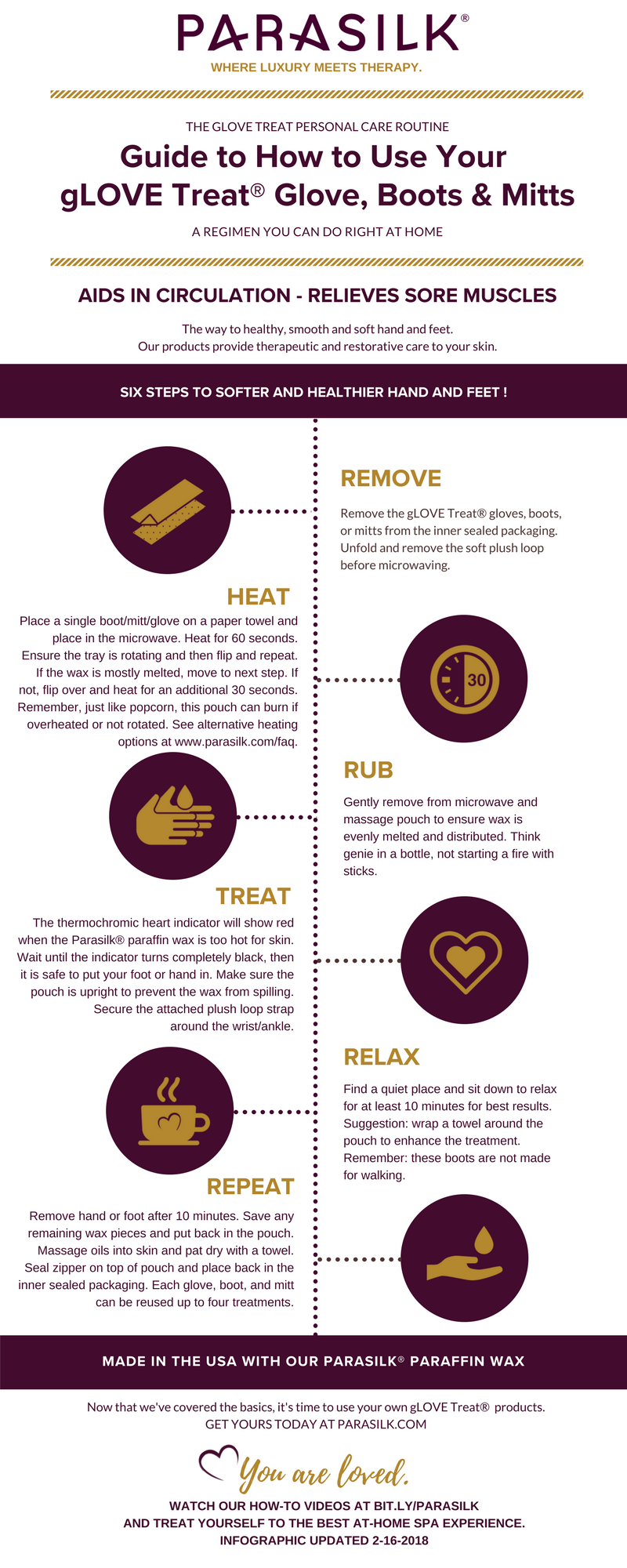Smart Equipment for Sports Therapy
Smart equipment helps patients stay engaged and motivated to complete their rehab. It also gives physical therapists the ability to monitor patient progress remotely.
Sensor-enabled technology provides real-time data, allowing therapists to assess movement patterns and create targeted exercises for home. Examples include Ekso, a medically supervised gait-training exoskeleton that allows people with spinal cord injuries to walk.
Adaptive Resistance Machines
Adaptive resistance machines feature computer-controlled, motorized resistance that automatically adjusts to your force-generating capacity in both contracting and eccentric phases of the exercise. They eliminate underloading and overexertion, ensuring you receive optimal training loads 100% of the time.
This patented technology allows practitioners to perform eccentric-only resistance training (EVRT) and negatives—two exercises that typically require the use of spotters or releasers. It also enables the delivery of an eccentric overload during traditional bodyweight and elastic band resistance exercise, which have shown only modest effects on strength [40].
Evolve’s Adaptive Resistance Training uses patented technology that automatically adjusts to your ability to control the weight, allowing you to train in ways you never could with conventional equipment. Whether you’re an athlete seeking to maximize performance or an 80 year old woman looking to safely strengthen after surgery, ARX Fit provides optimized workouts every single time. This is true adaptive fitness at its best!
Functional Electric Stimulation (FES) Devices
FES involves the use of orthotic devices and exercise equipment with microprocessor-controlled electrical muscular stimulation to restore movement in people with impaired nerve pathways (eg, spinal cord injury [SCI], multiple sclerosis, cerebral palsy). The device may incorporate surface electrodes to stimulate peripheral nerves or implanted electrodes to directly target the neuromuscular system.
FES technology is being used to elicit functional movements like standing and cycling, preventing muscle disuse atrophy and improving health outcomes such as improved bladder and bowel function and reduced incidence of pressure sores. Studies of FES incorporated into cycle ergometers show that it can improve intermediate physiologic outcomes, but do not yet show clinically significant incremental improvements over standard therapy approaches.
FES can also be used to strengthen muscles, which decreases bone fracture risk and increases energy during activities. It can also help reduce muscle spasticity, which decreases the risk of pneumonia and other lung infections and choking hazards. It can even encourage coughing to clear secretions and prevent complications from choking.
Lumo Lift
The Lumo Lift is a stylish little posture sensor that clips to your clothing (it comes with a shirt) and lets you know when you slouch. The peanut-sized device, which works in conjunction with the Lumo Bodytech app, sends you vibrations to remind you to straighten up.
The $80 sensor rests about an inch below the wearer’s collarbone and attaches to clothing with a small magnetic plate and one of two rounded clips that fit around straps like those found in bras and undershirts. I wore it a few times, but found myself forgetting about it as the day went on.
The sensor doesn’t have to be connected to your phone in order to work, but it does require a regular battery recharge. You also have to manually calibrate the sensor and set the ideal posture it should be anchored in. It takes a few tries to get the right position, but once you do, you can leave the sensor alone for hours at a time.
Smart Gloves
The smart glove uses sensors to detect movement of the hand, fingers and wrist and can transmit a live image of a patient’s hands to their therapist anywhere in the world. The technology is aimed at people who have suffered from stroke or other diseases that can lead to a loss of motor control, such as Parkinson’s disease.
Most of the commercial smart gloves are based on either IMU or resistive bend sensor technologies and most of them combine several sensor capabilities. However, the update rate and other related features of these technologies should be carefully considered when comparing different models.
Some smart gloves also include open fingertips to facilitate the use of touch screens or to enable a better glove fitting. In addition, some are wireless to improve freedom of motion and allow for easy online courses for sports massage certification data acquisition. Other sensors, such as optical fibers that attenuate light when the finger flexes, can also be used to capture position and bending sensor information.

Comments on “Learn How To Spot And Hire The Right Sports Massage Therapist Quickly”